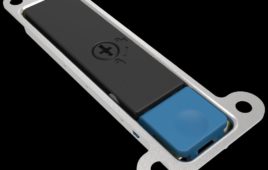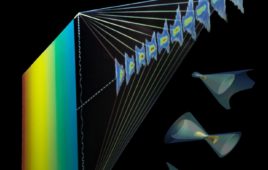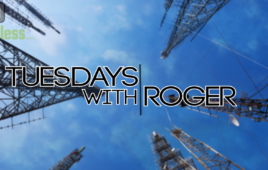Verizon said Tuesday that a recent test represented the beginning of commercial deployment of 4G LTE service on the Citizens Broadband Radio Service band.
The carrier, along with Ericsson, Qualcomm and Federated Wireless, conducted the test in Florida using Verizon’s licensed AWS and 700 MHz spectrum aggregated with 50 MHz of CBRS band 48 spectrum.
Officials added the demonstration utilized multiple antennas, 256 QAM and carrier aggregation to achieve peak speeds of 790 Mbps.
“Combining those features with this shared spectrum band will provide more capacity, higher peak speeds and faster throughput when accessing the network,” Verizon Network Engineering VP Mike Haberman said in a statement.
Those companies conducted initial trials in the 3.5 GHz band in Texas last year, but Verizon said called the latest test a “real-world deployment” that “marks the beginning of public access to the 150 MHz bandwidth of 3.5 GHz shared spectrum.”
Devices that work with the band are expected to debut this year; the Florida demonstration used a test device made by Qualcomm.
Ericsson, meanwhile, provided an Ericsson Radio DOT system for indoor coverage and Radio 2208 for outdoor coverage, along with the domain proxy to allow the radios to communicate with Federated Wireless’ Spectrum Controller.
The FCC continues to craft regulations that would likely adjust the license terms governing the CBRS band.
“This shared spectrum resource is a critical component of our strategy to add capacity to our network,” Haberman said.
Filed Under: Telecommunications (spectrums)




